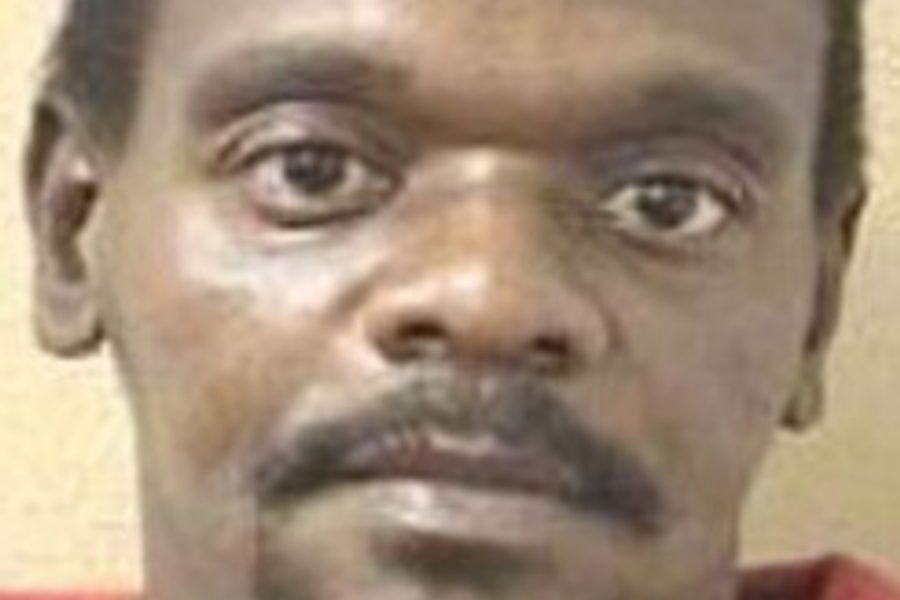
North Carolina’s longest serving death row prisoner was freed this week after 30 years in prison for a crime he did not commit. Henry Lee McCollum and his half-brother, Leon Brown, who had been serving a life-sentence for the same crime, were released on Wednesday. The two half-brothers’ sentences were vacated after DNA evidence implicated another man in the 1983 rape and murder of an 11 year old girl.
As Slate reports, their convictions were based in large part on false confessions.
McCollum and Brown were 19 and 15 at the time local police were investigating the murder of Sabrina Buie. Both confessed to the crime after lengthy police interrogations. They recanted shortly after — in fact McCollum has recanted 226 times — but were convicted, largely on the basis of the false confessions, even though no physical evidence connected them to the crime scene. Police also hid exculpatory evidence for years. Continue reading..
The majority of false confessions documented by the National Registry of Exonerations, occurred in homicide investigations. Samuel Gross, editor of the registry, told The Prison Complex:
..this is a reflection of “the fact that far greater resources are expended on investigating homicides than other cases.” This produces a higher clearance rate “but in addition it also produces a higher rate of false positives, of errors. Put a lot more effort into it you get more convictions you also get a higher number of false convictions.”
It might be hard to understand why someone would confess to a crime they did not commit, but there are some common factors. Dahlia Lithwick at Slate points to a 2011 article by Brandon Garrett of the University of Virginia Law School, which seeks to explain how those false confessions come about.
Because detailed confessions represent such powerful evidence, when defense attorneys tried to challenge the confession evidence they all failed. This was true even when there were some clear signs that these were confessions proffered by vulnerable people who may have been subject to highly coercive techniques. Of those 40 exonerees who confessed, for instance, 14 were mentally disabled or borderline mentally disabled, and three more (at least) were mentally ill. Thirteen of the 40 were juveniles. All but four were interrogated for more than three hours at a sitting. Seven described their involvement in the crime as coming to them in a “dream” or “vision.” Seven were told they had failed polygraph tests. Like Sterling, all of them waived their Miranda rights. Despite all these hints that their confessions were lengthy and coercive, and despite the fact that they were mostly vulnerable individuals, none had any luck challenging their confessions before trial. The confessions were thought to be such powerful evidence of guilt that eight were convicted despite DNA tests at trial that in fact excluded them as the culprit. Continue reading..
Both McCollum and Brown, who have intellectual disabilities, were interrogated by police without an attorney present.
The two teenagers signed confessions after hours of coercive police interrogation, under the erroneous belief that they’d be allowed to go home afterward. Both have since always maintained their innocence, filing various appeals over the intervening decades. It wasn’t until 2010, when the North Carolina Innocence Inquiry Commission came into the case, that the evidence was re-examined seriously. In July, the DNA on the cigarette butt found at the crime scene was revealed to match the DNA of the known sex offender. This led to Tuesday’s extraordinary release order. Continue reading…
According to the Innocence Project there have been more than 300 post-conviction DNA exonerations in the US. Of those, several have been of people sentenced to death, beginning with Kirk Bloodsworth, who spent nine years on death row before he was released in 1993.
Last month, Samuel Gross told The Prison Complex that there were a number of reforms that should be enacted to reduce wrongful convictions.
Among the steps he says should be taken are video recording interrogations, “there’s just no justification for not doing this”, and creating better eyewitness identification procedures “to reduce the risk that a potential witness can be influenced by an investigating officer.” There is also an urgent need for more funding because “the way they avoid spending money is to get parties, particularly defendants to agree not to have formal procedures, to agree to plead guilty, and by threatening them with a hammer if they don’t give up their rights.” Continue reading…
Not everyone agrees that reform is necessary. North Carolina Republican Thom Tillis, a Senate hopeful, was asked by Alice Ollstein of ThinkProgress about the case.
When ThinkProgress asked Tillis if anything needs to change in light of this case, he said that because they were eventually exonerated, “It’s an example of how we have protections in our judicial system in North Carolina.”
“I feel very, very sorry for them and I’m glad to know they’re out,” he said. “At least the process worked, it just took too long.”
But civil and legal rights advocates, including Vernetta Alston at the Center for Death Penalty Litigation, have long argued the “process” has not worked at all for Henry Lee McCollum and Leon Brown.
At every juncture, the system failed Henry and Leon,” Alston told ThinkProgress. “They were coerced into giving false confessions. These two boys could hardly read. They were very intellectually disabled. They were manipulated and threatened, and only signed the statements because law enforcement told them they could go home. It’s unacceptable.” Continue reading…
According to the state’s Department of Public Safety, there are currently 152 prisoners on death row in North Carolina.


